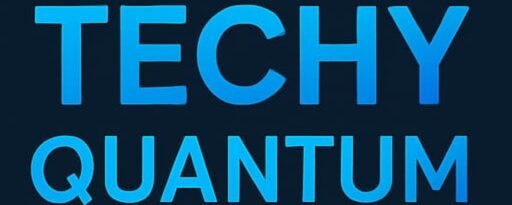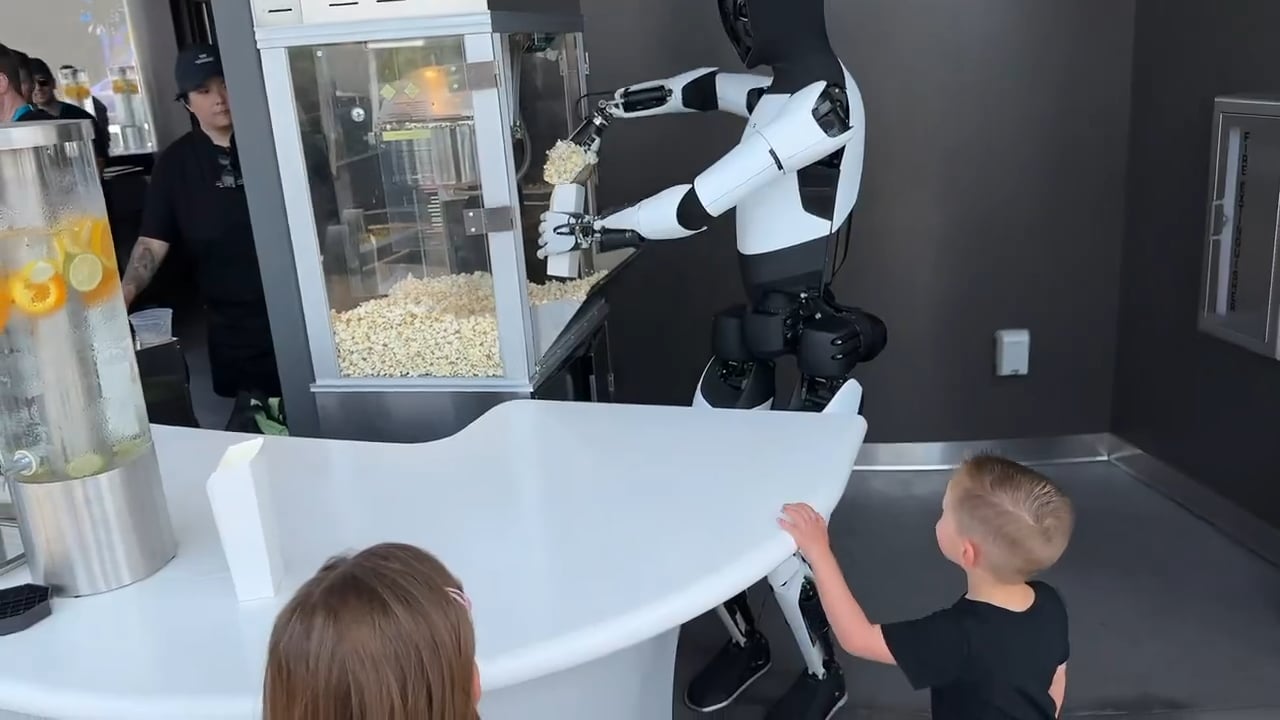The Tesla Optimus humanoid robot recently made headlines and sparked a flurry of social media excitement when it was filmed calmly and efficiently serving popcorn. Shared by none other than Elon Musk himself, the video quickly went viral, igniting debates about robotics, artificial intelligence, and the changing nature of human robot interaction.
Just a few years ago, the idea of a humanoid robot serving snacks seemed like pure science fiction. Now, Tesla’s Optimus robot is doing just that. According to Musk, “This will become normal in a few years.” His words are more than just a prediction they represent a radical shift in how technology may integrate into our homes and everyday lives.
How the Tesla Optimus Humanoid Robot Evolved
Initially revealed in 2021, the Tesla Optimus humanoid robot was introduced as an experimental project aimed at automating physical tasks deemed “dangerous, repetitive, or boring.” Fast forward to 2025, and Tesla has significantly advanced Optimus’s capabilities, transitioning from clunky prototypes to smooth, real world applications.
The recent popcorn serving video wasn’t a flashy demo it was a subtle demonstration of hand eye coordination, object handling, and real time AI processing. Unlike industrial robots bolted to assembly lines, Optimus is designed to function autonomously in a dynamic human environment.
Tesla engineers claim that Optimus can now lift grocery bags, fold laundry, and even recognize facial expressions. Popcorn might be a simple task on the surface, but it reflects years of development in balance control, dexterous grip, and machine learning.
More Than a Publicity Stunt
Dr. Cynthia Breazeal, director of the MIT Media Lab’s Personal Robots Group, commented, “This level of social and physical interaction in a domestic context shows that Tesla is not just building robots they’re building companions.”
Similarly, robotics expert Dr. Hiroshi Ishiguro from Osaka University weighed in “The demonstration proves that Tesla Optimus is quickly moving toward functioning in shared human spaces something most industrial robots can’t do.”
Both experts agree that what we’re witnessing is not just automation but the early stages of emotional and cognitive integration of robots into daily life.
What Makes Tesla Optimus Different?
1. AI Powered Dexterity
The robot’s hands are powered by neural nets trained on thousands of human gestures. This allows it to pick up fragile items like popcorn containers without crushing them a challenge even for advanced robotics.
2. Tesla Grade Sensors and Cameras
Utilizing Tesla’s self driving sensor suite, the Tesla Optimus humanoid robot can detect obstacles, interpret facial cues, and even react to dynamic changes in the environment.
3. Software Updates
Just like a Tesla car, Optimus receives over the air updates. This means it can continually evolve, improving its efficiency and learning new tasks without human intervention.
Optimus in Assisted Living
In a trial conducted in a California senior care facility, three Tesla Optimus humanoid robots were integrated into daily routines for two weeks. The robots assisted with, Serving meals, Reminding patients to take medication, Providing light companionship through speech prompts.
The feedback was overwhelmingly positive. 74 year old Clara Martinez shared, “At first it felt odd, but then Optimus became part of my day. It reminded me of my grandson and helped me feel less alone.”
Facility manager George Price stated, “We saw improved emotional well being and reduced staff workload by nearly 22%.”
This case supports the broader vision that Musk has for Optimus not just as a helper, but as a transformative force in human care.
Challenges Ahead: Ethical and Economic Concerns
While the viral video is inspiring, there are still major hurdles before the Tesla Optimus humanoid robot becomes commonplace. For one, affordability remains a challenge. Early units may cost upwards of $20,000, placing them out of reach for average households.
There’s also the question of ethics. How much autonomy should a robot have in domestic settings? Could data collected by Optimus be misused? Tesla insists on tight encryption and strict privacy protocols, but skepticism remains.
Furthermore, labor advocates worry that widespread adoption of such robots could displace human jobs in service industries, care homes, and beyond.
The Human Side of the Robot Revolution
Tech YouTuber Marcus Yeung shared his first experience with Optimus in a recent video. “I expected a gimmick, but it wasn’t. The robot was responsive, smooth, and weirdly polite. It asked if I wanted butter with my popcorn seriously!”
His wife, Sarah, was initially hesitant but later admitted, “It’s like having a super polite butler who doesn’t get tired.” This emotional and practical resonance with real people could be Tesla’s most powerful asset.
What’s Next for the Tesla Optimus Humanoid Robot?
With each update, Tesla brings us closer to an era where Tesla Optimus humanoid robots serve more than just popcorn. They may clean homes, assist in elderly care, offer company, and even tutor children. Musk’s vision is bold but increasingly plausible.
As these robots become smarter and more affordable, their presence in homes could shift from novelty to necessity especially in aging societies and tech driven households.
From Viral Sensation to Daily Reality
The sight of a robot casually serving popcorn may seem trivial today, but it signals a monumental shift in the relationship between humans and machines. The Tesla Optimus humanoid robot is no longer a futuristic fantasy it’s walking, serving, and learning in our world.
Whether it’s in a senior care facility or your living room, this is just the beginning. And as Elon Musk said, “This will become normal in a few years.”


1 thought on “Tesla Optimus Humanoid Robot Goes Viral for Serving Popcorn Is This the Future of Domestic Help?”